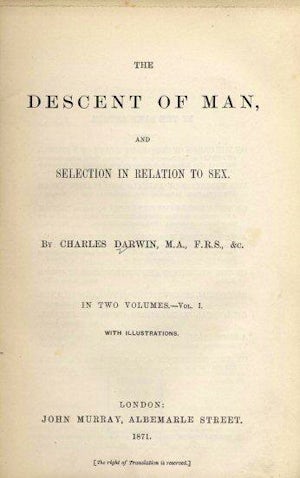1913. Due to overcrowding at the New Westminster institution, the British Columbia government opened a new institution, Hospital for the Mind, near the Fraser River, for patients with the most severe forms of mental illness. This institution housed approximately 300 male patients. The institute has also been called West Lawn, Essondale, and the Riverview Hospital.
It was thought that residents could live out their lives at the institute, and therapy included building maintenance, food production, and horticulture, as in other Canadian institutions for the mentally ill (Laanela, 2014). The hospital was praised as one of the most progressive asylums in North America, and was even funded by the Rockefeller Foundation in its early years (Laanela, 2014). However, between 1940 and 1968, many patients alleged to being sterilized, almost all women (the Sexual Sterilization Act of British Columbia was repealed in 1973) (Laanela, 2014). A lawsuit was launched against the British Columbia government in 2003, and nine women received settlements of $450,000 in 2005 (Laanela, 2014).
During the years 1950-51, the federal government’s inquiry into the living conditions at various mental institutions showed that the former Hospital for the Mind was also overcrowded with patients, approximately 56 percent over the capacity. However, by the 1960s, number declined with the growth of de-institutionalization (Laanela, 2014). The hospital's closure was announced in 1998, and the building and grounds are now a designated Canadian heritage site due to their architecture and botanical gardens (Laanela, 2014).
-Erna Kurbegovic
BC Mental Health & Substance Use Services. (2013). History: BC Mental Health and Substance Use Services Timeline. BC Mental Health & Substance Use Services website. Retrieved from http://www.bcmhsus.ca/History.htm.
Foulkes, R. (1961). British Columbia Mental Health Services: Historical Perspective to 1961. Canadian Medical Association Journal, 85, 649-655.
Heritage Canada the National Trust. (n.d.). Riverview Hospital. Retrieved from https://www.heritagecanada.org/en/issues-campaigns/top-ten-endangered/explore-past-listings/british-columbia/riverview-hospital
Laanela, M. (2014, December 17). Riverview Hospital: a brief history. CBC News. Retrieved from http://www.cbc.ca/news/canada/british-columbia/riverview-hospital-a-brief-history-1.2876488
 1869:
Galton publishes Hereditary Genius
1869:
Galton publishes Hereditary Genius
 1871:
Charles Darwin publishes The Descent of Man
1871:
Charles Darwin publishes The Descent of Man